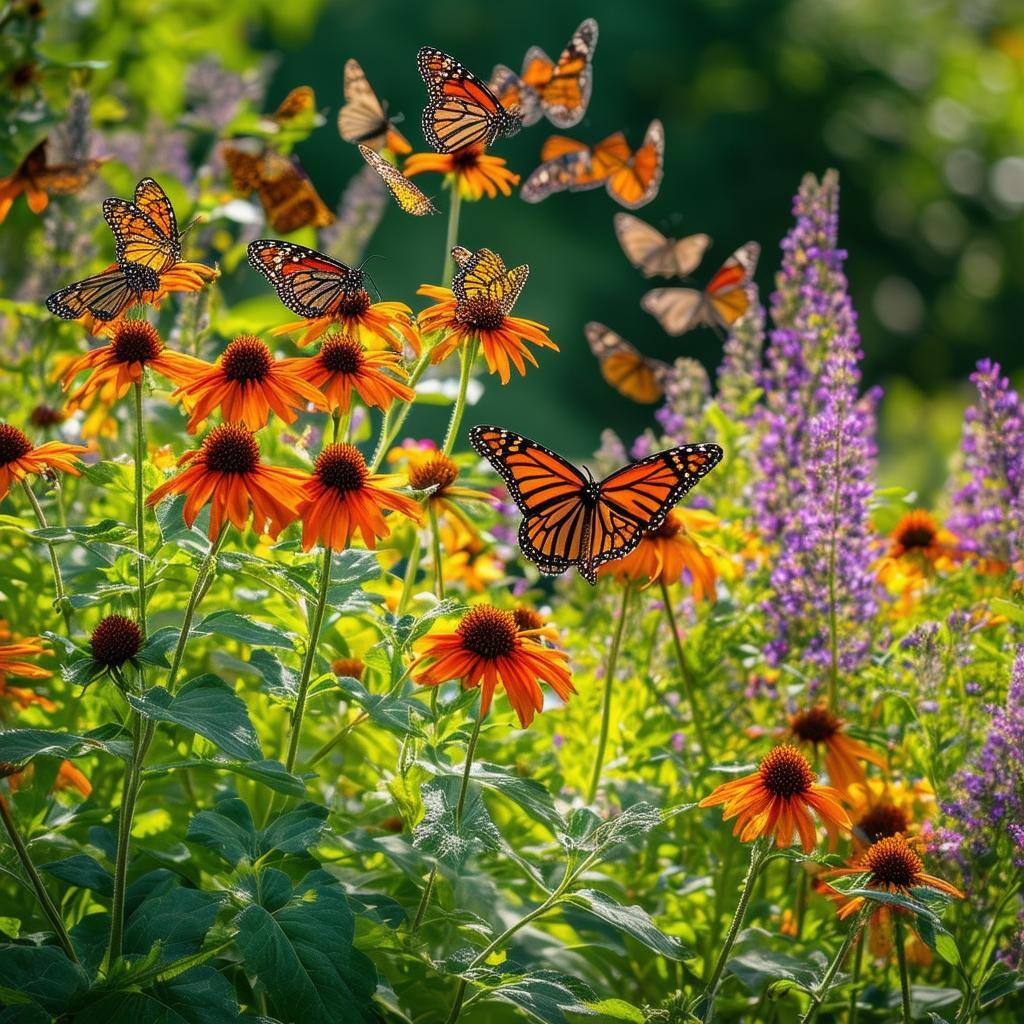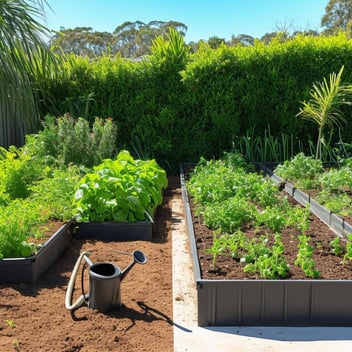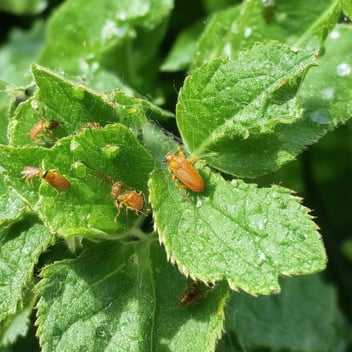Butterfly Gardening: How to Attract and Support These Winged Wonders
Introduction
Imagine a garden alive with the fluttering dance of butterflies, their vibrant wings painting the air with hues of orange, blue, and gold. Beyond their ethereal beauty, butterflies play a pivotal role in pollination, contributing to the health and diversity of our ecosystems. By cultivating a butterfly-friendly garden, you not only enhance your outdoor space but also provide essential support to these delicate creatures.
Understanding Butterfly Needs
The Butterfly Life Cycle: Egg, Larva, Pupa, Adult
Butterflies undergo complete metamorphosis, transitioning through four distinct stages:
- Egg: Laid on specific host plants.
- Larva (Caterpillar): Feeds voraciously on host plant leaves.
- Pupa (Chrysalis): Undergoes metamorphosis.
- Adult: Emerges to feed on nectar and reproduce.
Each stage has unique requirements, and a well-designed garden caters to all phases of this life cycle.
Specific Requirements at Each Stage
- Egg: Female butterflies select host plants where their offspring will find appropriate nourishment upon hatching.
- Larva: Caterpillars often have specialized diets, relying on particular plant species for sustenance.
- Pupa: A safe, undisturbed location is crucial for the chrysalis to develop.
- Adult: Access to abundant nectar sources fuels flight and reproduction.
Selecting the Right Plants
Host Plants for Caterpillars
To support the larval stage, incorporate host plants that caterpillars feed on. For example, milkweeds (Asclepias species) are essential for monarch caterpillars, providing both food and habitat. Similarly, parsley, dill, and fennel serve as host plants for swallowtail butterflies, offering nourishment to their larvae.
Nectar-Rich Flowers for Adult Butterflies
Adult butterflies are attracted to a variety of nectar-producing flowers. Planting a diverse array of blooms ensures a continuous food supply. Consider species such as coneflowers (Echinacea), zinnias (Zinnia elegans), and lantanas (Lantana camara), which are known to draw numerous butterfly species.
Creating a Butterfly-Friendly Habitat
Providing Sunlit Areas and Shelter
Butterflies are ectothermic and require sunlight to regulate their body temperature. Design your garden with open, sunlit spaces where they can bask, as well as sheltered areas protected from wind, using shrubs or tall grasses to offer refuge.
Incorporating Water Sources and Puddling Spots
Butterflies obtain essential minerals and hydration through a behavior known as puddling. Create shallow puddles or damp sandy areas where butterflies can gather and absorb nutrients. Placing shallow dishes filled with moist sand or mud can serve this purpose effectively.
Sustainable Gardening Practices
Avoiding Pesticides and Chemical Fertilizers
Chemical pesticides and fertilizers can be detrimental to butterflies at all life stages. Opt for organic gardening methods, such as introducing natural predators to control pests and using compost to enrich the soil, fostering a healthier environment for butterflies and other pollinators.
Embracing Native Plant Species
Native plants have co-evolved with local butterfly species, making them ideal choices for your garden. They offer appropriate nutrition and habitat, and are well-adapted to the local climate and soil conditions, reducing the need for additional resources. Consult local nurseries or extension services to identify plants native to your region that support butterfly populations.
Seasonal Considerations
Planning for Continuous Blooms Throughout the Year
To provide a consistent food source, select plants with staggered blooming periods. This ensures that nectar is available from early spring through late autumn, supporting both resident and migratory butterfly species. Incorporate a mix of annuals and perennials to achieve a dynamic and enduring display of flowers.
Adapting the Garden for Overwintering Butterflies
Some butterflies overwinter in the adult stage, seeking shelter in leaf litter, tree bark, or unpruned vegetation. By leaving some areas of your garden undisturbed during the colder months, you provide essential habitats for these overwintering butterflies, aiding in their survival and emergence in the spring.
Engaging with the Butterfly Community
Citizen Science and Conservation Efforts
Participating in citizen science projects allows you to contribute to butterfly conservation. Monitoring local butterfly populations and reporting your observations can aid researchers in tracking trends and implementing protective measures. Organizations often offer training and resources for enthusiasts eager to make a difference.




